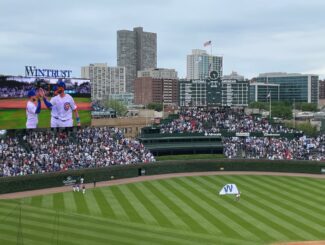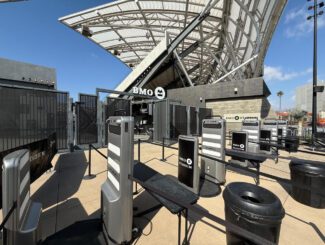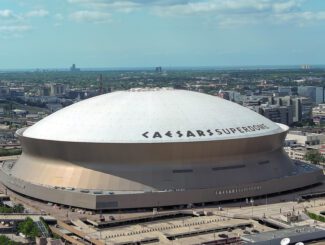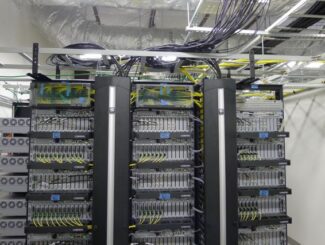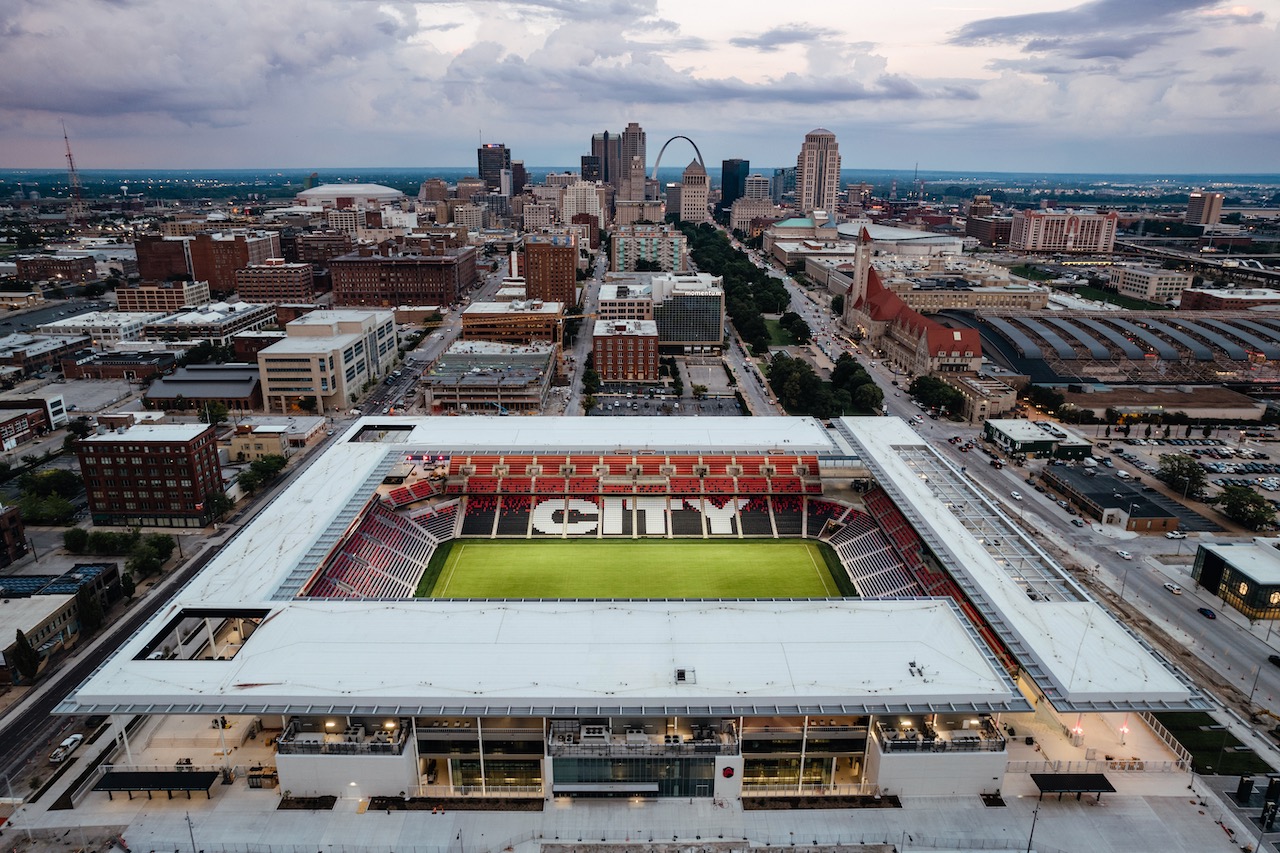
What’s one of the toughest tasks for any soccer stadium? It’s trying to figure out how to get food and drink in fans’ hands inside the narrow available windows before and during the matches.
For any team, it’s a hard-to-balance puzzle, trying to match concessions performance with traditional fan behaviors, like tailgating right up until kickoff, as well as the short 15-minute halftime break window.
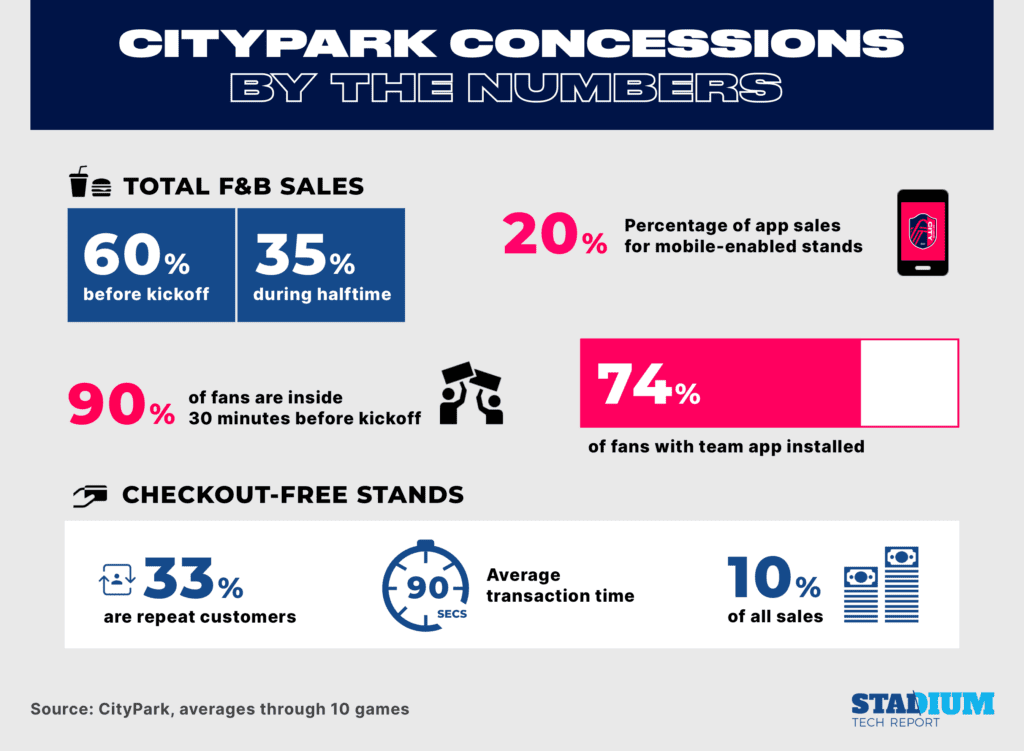
But at CityPark, the new venue for Major League Soccer expansion team St. Louis City SC that opened earlier this year, the owners and operators added more degrees of difficulty to their planned food operations: Not only would the stands use food solely from local providers, all operations would also be highly sustainable, with a comprehensive recycling and composting effort and no single-use plastics like water bottles. And the program would also be very tech-forward, with innovations like an order-ahead program in the team app, self-serve kiosks, and checkout-free stands, using technology from Zippin.
“Our philosophy for food in general was to connect in an emotional way with fans,” said Matt Sebek, chief experience officer for City SC. “Food is very communal, as are sports, and if we wanted to do it, we wanted to do it well.”
During a recent visit to CityPark, Stadium Tech Report was able to see the concessions operation in action. Like anything new there were some visible rough spots, but overall it was well received by the sellout crowd in attendance, who arrived early and jammed stands all around the stadium, seeking food and beverage from one of the 25 different local providers.
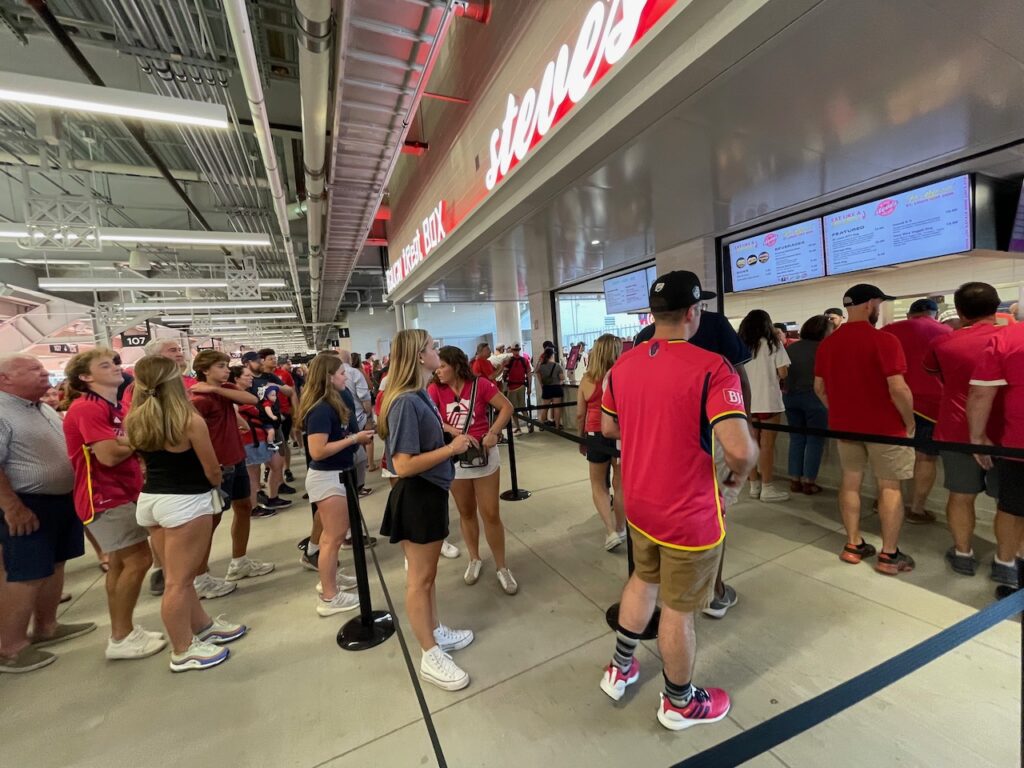
With many of the stadium providers being small operations like food trucks or small restaurants, scaling up to meet the volume and pace of a stadium crowd has been a challenge, according to several of the providers we talked to. But it’s also been profitable, they said, as well as exciting, being part of something that builds on the community feeling St. Louis City SC is clearly trying to create with every facet of the team’s operations.
And as any fan knows, outside of the team’s on-field performance there’s probably nothing more important to the game-day experience than what kind of concessions are available, and how easy it is to procure them. Throwing a large number of highly different food offerings and new-technology ordering methods at a first-time provider base and a first-time stadium crowd may have not been the easiest path to success, but judging by a short impression of the providers and consumers, it’s already a favorable part of attending a match at CityPark.
According to CityPark, fans are embracing the technology and ordering early, with 60 percent of sales taking place before kickoff — early proof that the plan is a good one.
“I think our food program here was the hardest possible way you could do it,” Sebek said with a laugh during an interview just before a recent home game, talking about the three goals of being 100 percent local, environmentally responsible and tech-forward. “Any one of those three things is hard, by itself,” Sebek said. “And all three of those things working in harmony has been a challenge. But it’s one I think our fans have really embraced head-on.”
Part 1: The idea: Great food + great tech = a great fan experience

For a first-time St. Louis visitor, it doesn’t take much asking around to find a must-try place for dinner. Just go to Anthonino’s Taverna, the best-known spot on “The Hill,” an old neighborhood of family-style Italian places to the west of downtown. The fact that on a Tuesday night there’s an hour wait for a table means that its popularity isn’t just a rumor: Local folks show up in force for Anthonino’s eclectic and extensive menu, which has not just the famous St. Louis classic, Toasted Raviolis, but all the Italian favorites as well as a long list of Greek options, a reflection on the owners’ parental heritage — an Italian father and a Greek mother.
Anthonino’s Taverna got a boost in popularity with a review on the Diners, Drive-Ins and Dives show in 2007, and the restaurant got another TV profile earlier this year on the Secret Sauce show on A&E. But the place stands on what it delivers every night: Great food in a warm, friendly environment. The question is: How do you bring the essence of a restaurant like Anthonino’s to a stadium, where a wait of anything longer than a minute or two is out of the question?
And why would you even try? While almost every stadium these days has a small number of local or specialty items, the balance of offerings at most stands in most places is somewhat anonymous, just your basic “stadium favorites” of hot dogs, nachos, popcorn and peanuts. But according to St. Louis City SC chief experience officer Matt Sebek, doing things the way they’d always been done was not the motivating factor for the city’s newest stadium.
“Fans wanted [the new stadium] to be the first of something new, and not the last of how venues were done before,” Sebek said.
What did that mean on the food side? How about hiring a “Chief Flavor Officer” who is a James Beard Foundation award-winning chef? And using only local food providers for 100 percent of the concession offerings?
“We wanted variety, and the best St. Louis has to offer,” said Sebek. “And great local food is so desirable.”
After spending almost an hour talking to bartenders and other patrons while we waited for a table to clear at Anthonino’s, Stadium Tech Report was able to experience some of the taste that keeps people coming back to the place. A pizza with roasted red peppers and chunks of salami was superb, with a crust that was light and bready on top but solid enough underneath to let you pick up a slice with ease.
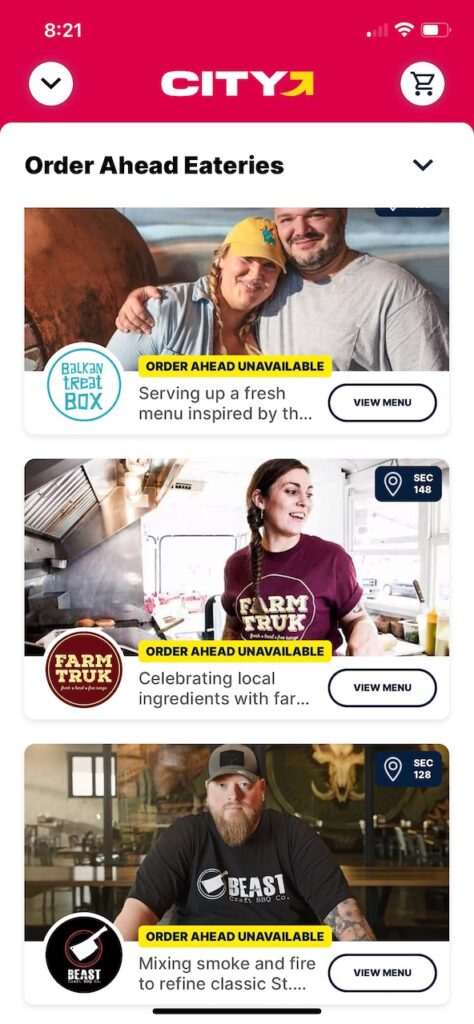
While we didn’t sample the famous toasted raviolis (at Anthonino’s they contain “ground beef, ricotta and pecorino romano cheese”), we saw a couple at a nearby table attack an order with vigor, dipping them into the provided marinara sauce. With the friendly service from the hosts to the bar staff to the servers we had an excellent overall experience at Anthonino’s cozy street-corner place. But our work question woud be — could you do all that on stadium time?
Inside CityPark, Anthonino’s stand is one of the three stands using checkout-free technology from Zippin, which allows fans to simply pay at the entry gate, select their items, and walk out, with payment taking place later online. The Anthonino’s stand is also located directly behind the supporter’s section of the stadium, where the die-hard fans typically stand all game and are more likely to want the fastest transaction possible so they can get back to cheering and chanting. That’s a lot of pressure for a first-time concession operation.
Unlike other sports like American football or baseball, soccer doesn’t have built-in breaks — it’s just 90 minutes of action split by one 15-minute intermission. In the past, we’ve seen soccer stadiums try to accomodate fans by doing things like setting up pre-poured beer cups just before halftime to try to speed up the service.
New concession technology, like the checkout-free stores or self-serve checkout kiosks and terminals, have helped speed concessions operations overall at many stadiums, with more adopting the new technology every day. But almost every one of these deployments we’ve seen is a stand built and run by a national concessionaire, typically with canned drink offerings and maybe some snacks or a few hot items. None that we are aware of feature local food providers, who also staff the stands with their own employees.
Add in the extra challenge of trying to integrate online order-ahead requests made through the team app (which 10 of the providers at CityPark currently support) and you have a tall task for providers who are used to taking customers in at their preferred pace. Safe to say, there’s no room for an hour-long wait at the Anthonino’s stadium stand. Instead, it’s completely the opposite. Fans want those toasted raviolis now, so they can get back to the action.
“It’s not without a challenge,” said Sebek of the local providers’ performance at CityPark. “But their speed of service is improving with each match.”
Next: Part 2: The technology powering the operation





